If you’re chasing the steepest, most heart-pounding ski runs in the U.S., this list is your guide. From Colorado’s infamous Rambo to Jackson Hole’s legendary Corbet’s Couloir, these slopes are not for the faint-hearted. They’re steep, technical, and demand top-notch skills. Here’s the quick rundown of the most extreme runs:
- Rambo (Crested Butte, CO): 55° pitch, ungroomed terrain with moguls and rocks. A no-fall zone for experts only.
- McConkey's (Palisades Tahoe, CA): 60° pitch, tight spaces, and psychological pressure from the chairlift audience.
- Corbet’s Couloir (Jackson Hole, WY): Iconic 50° pitch with a mandatory cliff jump to start.
- Senior’s Run (Telluride, CO): A 52° gully that feels like backcountry, accessible after a steep hike.
- Christmas Chute (Alyeska, AK): 50° narrow chute with unpredictable conditions.
- Paradise (Mad River Glen, VT): A 38° pitch with natural obstacles like trees, rocks, and a frozen waterfall.
- S&S Couloir (Jackson Hole, WY): Razor-thin entry and steep, technical challenges for the boldest skiers.
These runs push your limits and require not just skill but the right gear. Compact options like Snowfeet Skiblades and Skiskates offer better control for navigating tight, steep terrain compared to standard long skis or snowboards. Ready to test your mettle? Let’s dive into the details of each run.
Top 7 Hardest Ski Runs in North America
1. Rambo – Crested Butte, Colorado
Rambo holds the title of North America's steepest cut run, making it a dream destination for expert skiers who crave an intense challenge.
Steepness
With a consistent 55-degree pitch, Rambo offers 984 feet of relentless vertical descent. This isn’t just steep - it’s heart-pounding steep.
"Many skiers say each jump turn can feel like falling several feet down", reports Freeride.com.
From the top, the slope looks almost like a vertical drop, adding an extra layer of adrenaline to the experience.
Technical Difficulty
Rambo’s danger doesn’t stop at its steep angle. The real kicker is the terrain. The run is completely ungroomed, meaning skiers face moguls, hidden stumps, and jutting rocks. To make things even trickier, tall pines line the edges, leaving little room for mistakes.
"Once you commit, you're in a no-fall zone", warns SkiMag.com.
Every turn demands precision. Hesitate, and you’re in trouble. Skiers need to master hop-turns and be ready to stop instantly - no easy feat on this slope. Conquering Rambo is a badge of honor for any skier.
Resort Location and Accessibility
You’ll find Rambo at Crested Butte Mountain Resort in Colorado, a haven for those who thrive on extreme terrain. The resort’s high-altitude conditions favor soft powder over icy patches, which is a small mercy for anyone taking on this beast of a run.
"You'd be smart to stop and think twice before skiing down Rambo, one of the steepest man-made runs in all of North America", advises SkiMag.com.
This run isn’t for everyone. Snow conditions and skill level both play a huge role in whether you should even attempt it. Bottom line: Rambo is reserved for the strongest, most experienced skiers out there.
2. McConkey's / Eagle's Nest – Palisades Tahoe, California
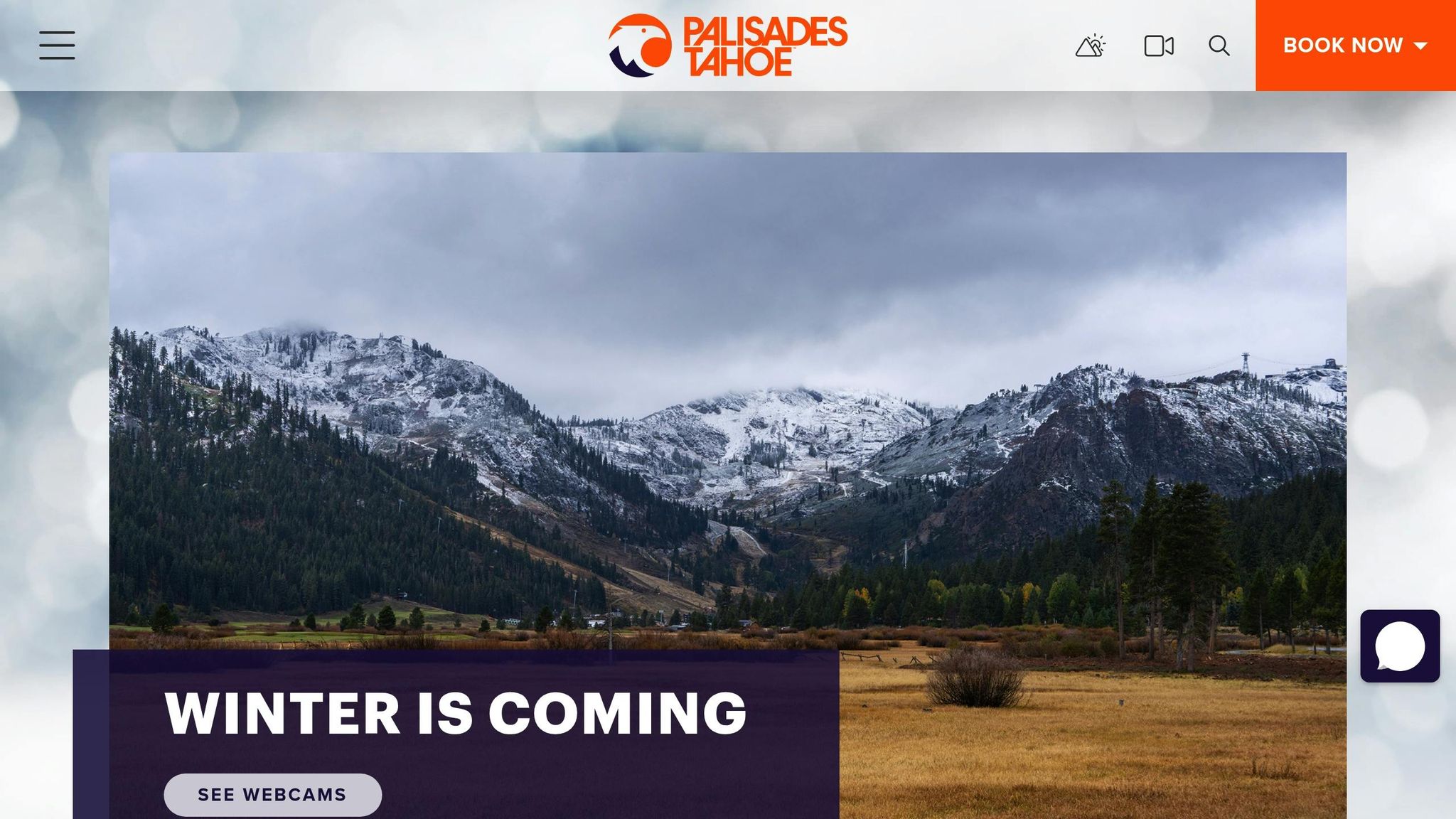
McConkey's, named in honor of legendary freeskier Shane McConkey, stands out as one of the toughest runs at Palisades Tahoe.
Steepness
This run is no joke. With a pitch that hits a jaw-dropping 60°, McConkey's ranks as one of California's steepest inbounds runs. The near-vertical drop demands every ounce of skill from the moment you push off.
Technical Difficulty
McConkey's is a true test of precision and nerve. Skiers must master quick jump turns while weaving through tight spaces and dodging rocks. Getting there requires a short hike from the KT-22 lift, and the lower section presents a shelf that calls for some serious airtime. Adding to the challenge? The run is right under a chairlift, so you're likely performing in front of an audience. This mix of technical obstacles and psychological pressure makes it a rite of passage for expert skiers.
Resort Location and Accessibility
Situated at Palisades Tahoe, McConkey's only opens when there's enough snow to cover the lurking rocks. Even then, icy patches can make things tricky. Before attempting this beast, ski patrol and locals strongly advise checking the snow conditions. Many seasoned riders wait for those pristine powder days to tackle it safely.
Gear Suitability for Extreme Terrain
Taking on McConkey's isn't just about skill - it’s also about having the right gear. Traditional long skis? Not the best choice here. Snowfeet* offer a smarter alternative. Their shorter design allows for ultra-fast edge-to-edge transitions and quick reactions to sudden terrain changes. Plus, their lower center of gravity adds stability, which is crucial when you're navigating sharp rocks or sticking those jump turns. For expert skiers aiming to conquer McConkey's, Snowfeet* can be a game-changer.
3. Corbet's Couloir – Jackson Hole, Wyoming
Corbet's Couloir has been the ultimate proving ground for expert skiers since 1960. This iconic run at Jackson Hole Mountain Resort is where bravery meets skill, and only the most daring take the plunge.
Steepness
With a jaw-dropping 50° pitch, Corbet's demands skiers take a leap of faith - literally. To even start the run, you’ve got to commit to a cliff jump, making hesitation out of the question.
Technical Difficulty
Once you drop in, there’s no turning back. The narrow chute is flanked by unforgiving rock walls, leaving zero room for mistakes. Conditions can vary wildly - one day it’s icy and slick, the next it’s loaded with windblown powder. Either way, quick reflexes and precise control are non-negotiable.
Resort Location and Accessibility
Corbet's Couloir is nestled within the Jackson Hole Mountain Resort and is easily accessed via the resort’s iconic tram. But don’t let the convenience fool you - this run is no casual outing. Ski patrol only opens it when conditions are safe, which often means it’s off-limits early and late in the season. Each day, the patrol team evaluates avalanche risks and checks the snow coverage below the entry cliff to ensure it’s good to go. For those who dare to drop in, having the right gear and laser focus is absolutely essential.
4. Senior's Run / Palmyra Peak – Telluride, Colorado
Telluride's Senior's Run is a ski-lover's dream for those craving a serious alpine challenge. Dropping from the summit of Palmyra Peak, which towers at 13,320 feet above the town, this run combines the thrill of extreme skiing with the grit of mountaineering. It’s one of those rare in-bounds experiences that feels like venturing into big-mountain backcountry terrain.
Steepness
Brace yourself. The descent kicks off with a 50° hanging snowfield before tightening into a 52° gully. To put that into perspective, this kind of steepness isn’t just a number - it’s a gut-check. Every degree adds a whole new level of intensity, making this one of the steepest in-bounds runs in North America.
Technical Difficulty
Getting to the top is half the battle. Skiers must carry their skis to the summit, and once there, the real challenge begins. The descent demands razor-sharp precision as you navigate between rocks in the steep gully. With a 52° pitch, there’s no room for error, and the exposed terrain gives it a backcountry vibe - though ski patrol is on hand.
Snow conditions are a wildcard here. Powder can make the descent feel almost forgiving, but icy or wind-packed snow? That’s a whole different story. Every turn requires quick thinking and constant adjustments.
Resort Location and Accessibility
Senior's Run is part of Telluride Ski Resort, but don’t expect to just hop off a lift and go. Reaching it involves a tough 30–45 minute hike up Palmyra Peak. This isn’t just a run - it’s an expedition.
Gear for the Job
When it comes to tackling terrain like this, traditional long skis can be a hassle, especially during the hike. This is where Snowfeet* Skiblades and Skiskates* shine. Their compact size makes the ascent far more manageable, and their lightweight design helps combat high-altitude fatigue. Once you’re skiing, the agility and control they offer in tight, rocky sections give them a real edge over standard setups. For runs like Senior's, Snowfeet* gear proves to be a game-changer on the steepest slopes in the U.S.
sbb-itb-17ade95
5. Christmas Chute – Alyeska, Alaska
If you're the kind of skier who thrives on adrenaline and precision, Christmas Chute at Alyeska Resort in Alaska will test every ounce of your skill. This double-black diamond run isn't just a slope; it's a proving ground. Nestled on Alyeska's North Face, which boasts one of the longest double-black pitches in North America, Christmas Chute has rightfully earned its place on the bucket list of extreme skiers.
Steepness
With a pitch that holds steady at a jaw-dropping 50° over 1,000 vertical feet, this run is no joke. From the moment you drop in until you reach the wide apron below, you're locked into a relentless angle that pushes even seasoned skiers to their limits. It’s the kind of terrain where hesitation isn’t an option.
Technical Difficulty
The challenge starts immediately. The entrance funnels into a narrow chute flanked by towering rock walls, leaving no room for error. Tight jump turns are the only way down, as sweeping carves are simply out of the question.
Conditions can be unpredictable, ranging from soft powder to hard-packed wind slabs, forcing you to adapt on the fly. The confined, shadowy environment adds a psychological layer of difficulty - claustrophobia meets adrenaline. This isn’t just about physical skill; staying calm and composed is half the battle.
Safety Protocols
To tackle Christmas Chute, safety is non-negotiable. Alyeska enforces strict rules: skiers must descend one at a time, and avalanche gear is often required. This is expert-only terrain, where even a small mistake can have serious consequences. If you're not prepared, this isn't the place to push your luck.
Resort Location and Accessibility
Despite its extreme nature, Christmas Chute is surprisingly accessible. You can reach it via Alyeska's summit lift, unlike some other expert runs that demand grueling hikes. Alyeska Resort, the largest in Alaska, is also home to other themed runs like New Year's and Halloween chutes, offering a mix of challenges for thrill-seekers. For those looking to test their mettle, Christmas Chute stands as one of the most demanding and rewarding runs in the country.
6. Paradise – Mad River Glen, Vermont
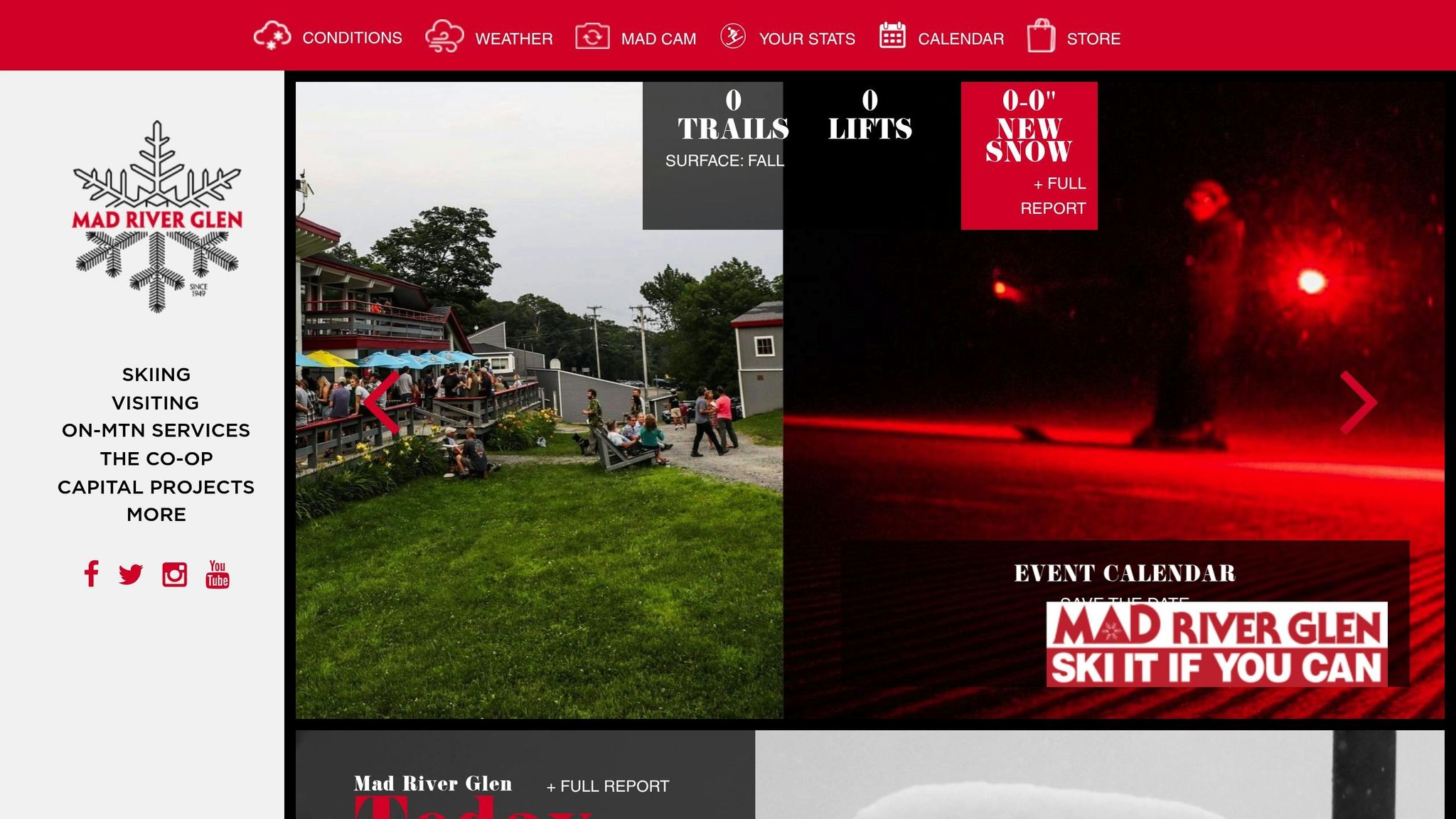
Next up on the list of America’s most challenging slopes is Paradise at Mad River Glen. This trail isn’t just a name - it’s a rite of passage for East Coast skiers who crave untamed terrain.
Steepness and Technical Difficulty
Paradise boasts a 38° pitch that kicks off with an 8-foot drop. While many resorts might slap a double black diamond rating on it, Mad River Glen keeps it labeled as a single black diamond. Don’t let that fool you - it’s every bit as tough as it sounds.
The real challenge lies in navigating the trail’s natural obstacles. Picture this: tight hardwood trees, exposed rocks, and sneaky stumps that demand your full attention. Midway through, you’ll encounter a 4-foot frozen waterfall stretching across the trail. You’ll need quick reflexes to adjust your line here. And since there’s no snowmaking, the conditions are all up to Mother Nature. You could find yourself floating through fresh powder - or battling icy patches that test your edge control.
"It's not just about steepness – the obstacles make it a true test." - Freeride.com
For terrain like this, lightweight and agile gear, such as Snowfeet*, can make all the difference.
Resort Location and Accessibility
Mad River Glen is tucked away in Vermont’s Green Mountains, and it’s all about keeping things natural. The resort doesn’t groom Paradise or use snowmaking equipment, which means the trail stays wild. But that also means you’ve got to wait for a good snow base to cover up the rocks and other hazards. It’s a true back-to-basics skiing experience.
Safety Considerations
Paradise isn’t a run to tackle solo. The dense trees can make it hard to spot other skiers, so having a buddy nearby is a smart move in case of trouble. If you’re new to this kind of terrain, stick to the marked main line until you’ve built up the skills to explore more. And always pay attention to the trail signs - they’re there for a reason.
7. S&S Couloir – Jackson Hole, Wyoming
S&S Couloir is a name that echoes through the expert skiing community. Known for its intense difficulty and offering a badge of honor to those who conquer it, this run is not for the faint-hearted. If you're looking to test your skills on one of America’s most challenging slopes, this is the place to be.
Steepness and Technical Challenges
From the moment you drop in, S&S Couloir demands your full attention. The slope is steep, the space is tight, and the margin for error is razor-thin. Precision is key here - your ability to control every movement and make split-second adjustments will be put to the ultimate test. And just to keep things interesting, snow conditions can shift unpredictably, so staying sharp and adaptable is a must.
Location and Access
You’ll find S&S Couloir in the rugged backcountry of Jackson Hole, Wyoming. But don’t expect an easy stroll to the starting point. Getting there involves traversing some tough terrain, and safety isn’t optional - carrying avalanche gear and being aware of snow conditions is non-negotiable. This isn’t a run you just casually stumble upon; it’s a destination for those who are prepared, both mentally and physically.
The Right Gear for the Job
Tackling S&S Couloir requires equipment that can keep up with the run’s demands. Standard long skis or snowboards often fall short in such a tight, technical environment. That’s where Snowfeet* products come into play.
Snowfeet* Skiblades, with their compact design, are perfect for making sharp, quick turns on steep slopes. They’re built for agility, allowing you to navigate the couloir’s narrow spaces with ease. Similarly, Snowfeet* Skiskates are designed for responsiveness, helping you adapt to the ever-changing conditions while reducing fatigue. Unlike traditional gear that can feel cumbersome in tight spots, these options give you the nimbleness you need to stay in control and conquer the challenge that S&S Couloir throws your way.
Snowfeet* vs. Long Skis & Snowboards: Performance Comparison
When you're tackling steep, challenging slopes like Corbet's Couloir or S&S Couloir, your gear matters - a lot. The right equipment can mean the difference between smooth, controlled descents and a frustrating day on the mountain. While traditional long skis and snowboards dominate the scene, they’re not always ideal for the quick, sharp moves needed on technical terrain.
Take long skis, for example. These typically measure between 160 and 190 cm, which is great for stability but not so much for agility. On the other hand, Snowfeet* offers a more compact option, with gear ranging from 38 cm Mini Ski Skates to 120 cm Short Skis. This smaller size is all about precision and control, giving you the freedom to maneuver without the bulk of traditional setups.
Here’s where Snowfeet* really shines:
- Maneuverability: The compact design is perfect for tight spaces and quick turns.
- Quick Adjustments: Shorter lengths make it easier to react to sudden changes in terrain.
- Portability: Lightweight and easy to carry, Snowfeet* gear is a dream for backcountry explorers who don’t want to lug around heavy equipment.
- User-Friendly: Designed to be intuitive, Snowfeet* gear helps you build confidence faster than you might with traditional skis or snowboards.
Traditional snowboards, while excellent for edge control, lock you into a fixed stance that can limit your ability to make rapid adjustments. Snowfeet*, with its versatile design, adapts to different conditions - whether you're carving up groomed trails or exploring untouched backcountry snow.
In short, if you're looking for gear that’s nimble, portable, and easy to handle, Snowfeet* might just be your new best friend on the slopes.
Conclusion
From the challenges of steep descents to the gear that makes them possible, tackling America’s toughest runs is no small feat. Whether you’re carving down Crested Butte’s daring slopes or navigating Jackson Hole’s tricky terrain, these runs push your skills to the limit - and demand equipment that can keep up. That’s where Snowfeet* gear comes into play, offering the kind of agility and control that seasoned skiers need to conquer these epic landscapes.
Traditional long skis might work for wide-open groomers, but when it comes to tight, technical terrain, compact gear shines. Snowfeet* has crafted a lineup that’s all about versatility and performance. Their 99 cm Skiblades and 120 cm Short Skis are designed to deliver precision and maneuverability without the bulk of standard skis. This means you can focus on your technique and enjoy the ride, rather than wrestling with oversized equipment.
For expert skiers looking to elevate their game, Snowfeet* offers a modern twist on mountain adventures. With their innovative design and portable gear, you’ll be ready to take on whatever the mountain throws at you - one agile turn at a time.
FAQs
Why are Snowfeet products better suited for steep and challenging ski runs compared to traditional skis or snowboards?
Snowfeet gear is crafted specifically for steep, technical ski runs, giving you incredible control and flexibility. Thanks to their compact and lightweight build, they’re much easier to handle than traditional skis or snowboards - especially when you’re navigating tight, tricky slopes. The shorter design means you can make sharper turns and maintain better balance, which is key when precision matters most.
What’s even better? You can use them with any winter boots - no need for clunky, specialized footwear. This not only makes Snowfeet more convenient but also opens the door for more people to take on challenging runs without the extra hassle of traditional gear. If you’re all about chasing adrenaline, Snowfeet offer a thrilling and efficient way to dominate those steep slopes with confidence.
What safety tips and gear should I consider before tackling the steepest ski runs in the U.S.?
Safety should always come first when tackling extreme slopes. Before diving into those steep runs, make sure you know how to perform a self-arrest - it’s a critical skill for stopping yourself if you take a tumble. Take a moment to scope out the slope beforehand. Look for potential hazards like trees, cliffs, or hidden obstacles, and plan your route carefully.
Slopes steeper than 30 degrees come with a higher risk of avalanches, so it’s crucial to check local avalanche forecasts and pay attention to any posted warnings. When it comes to gear, consider trying Snowfeet Skiblades or Skiskates. These offer excellent control and maneuverability, making them a solid choice for tricky terrain. And, of course, don’t skimp on safety essentials - always wear a helmet and carry an avalanche beacon, probe, and shovel if you’re heading into backcountry areas.
How does the steepness and difficulty of extreme ski runs impact your choice of gear?
The steep, demanding slopes of extreme ski runs like Rambo in Crested Butte, Colorado (with a jaw-dropping 55-degree pitch), or McConkey's at Palisades Tahoe, California (pushing up to 60 degrees), call for gear that delivers top-notch control, precision, and agility. These aren't your average groomed runs - they're packed with moguls, ungroomed terrain, and natural hazards like rocks and trees. In short, navigating them safely and skillfully requires equipment that can handle the challenge.
Traditional skis and snowboards can feel bulky and harder to manage on such intense terrain. That’s where Snowfeet products shine. With their compact design, they offer unmatched agility and responsiveness, making them a go-to choice for expert skiers who want to tackle these slopes with both confidence and flair.

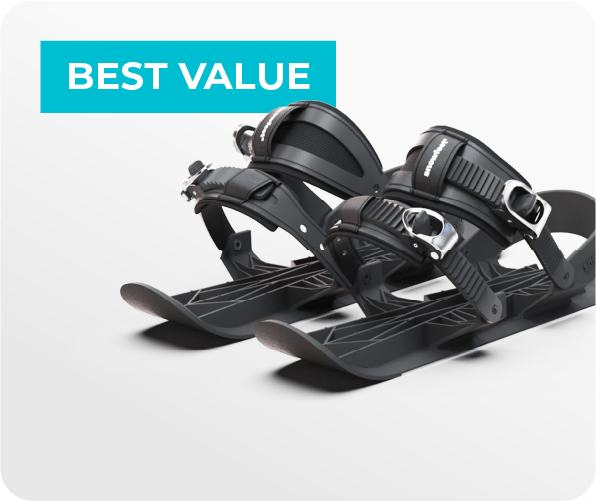



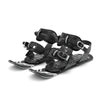
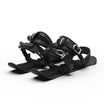
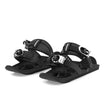

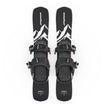
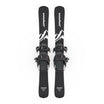

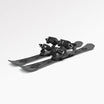
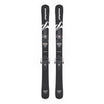
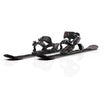
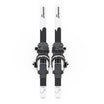


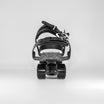

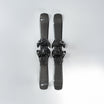

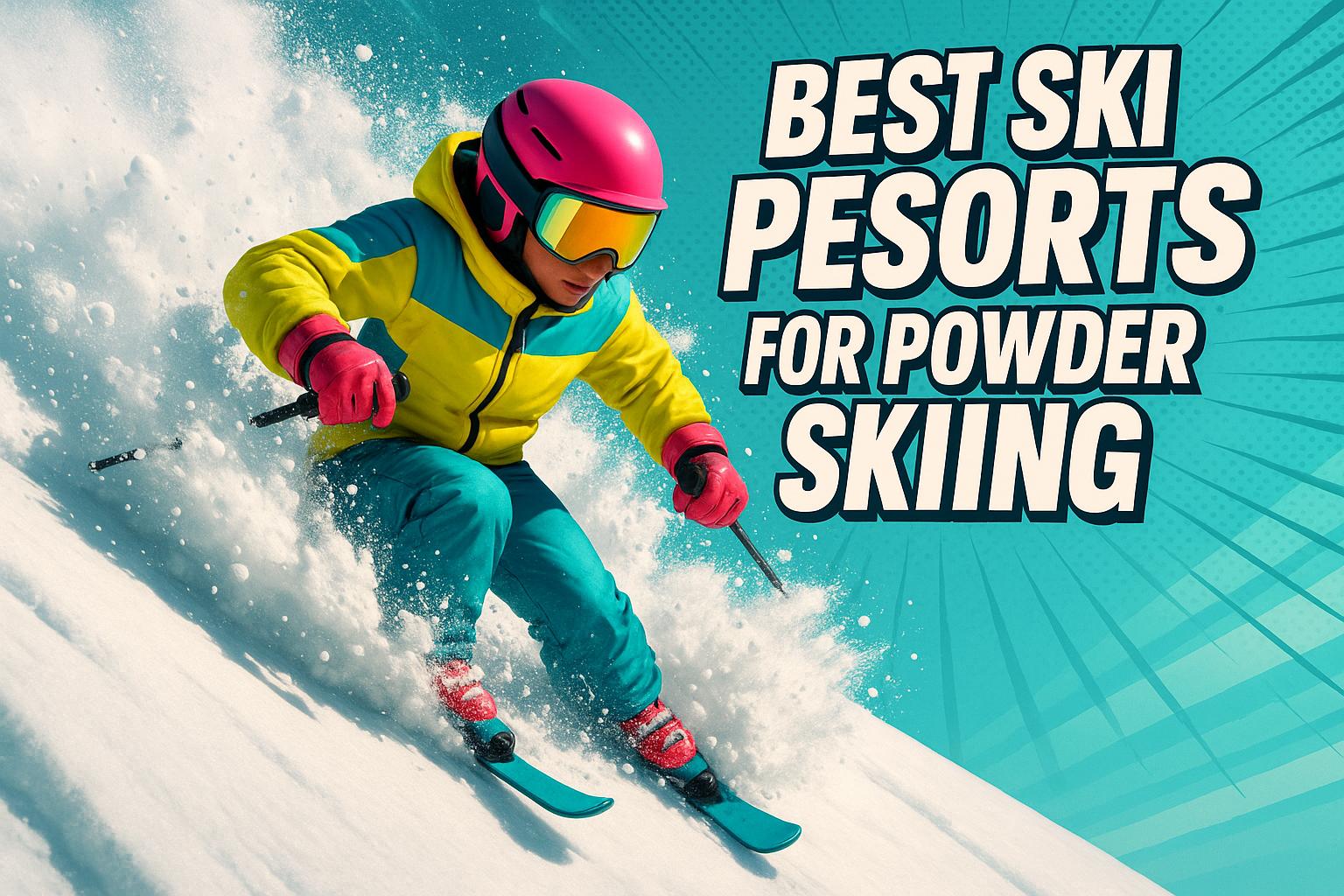

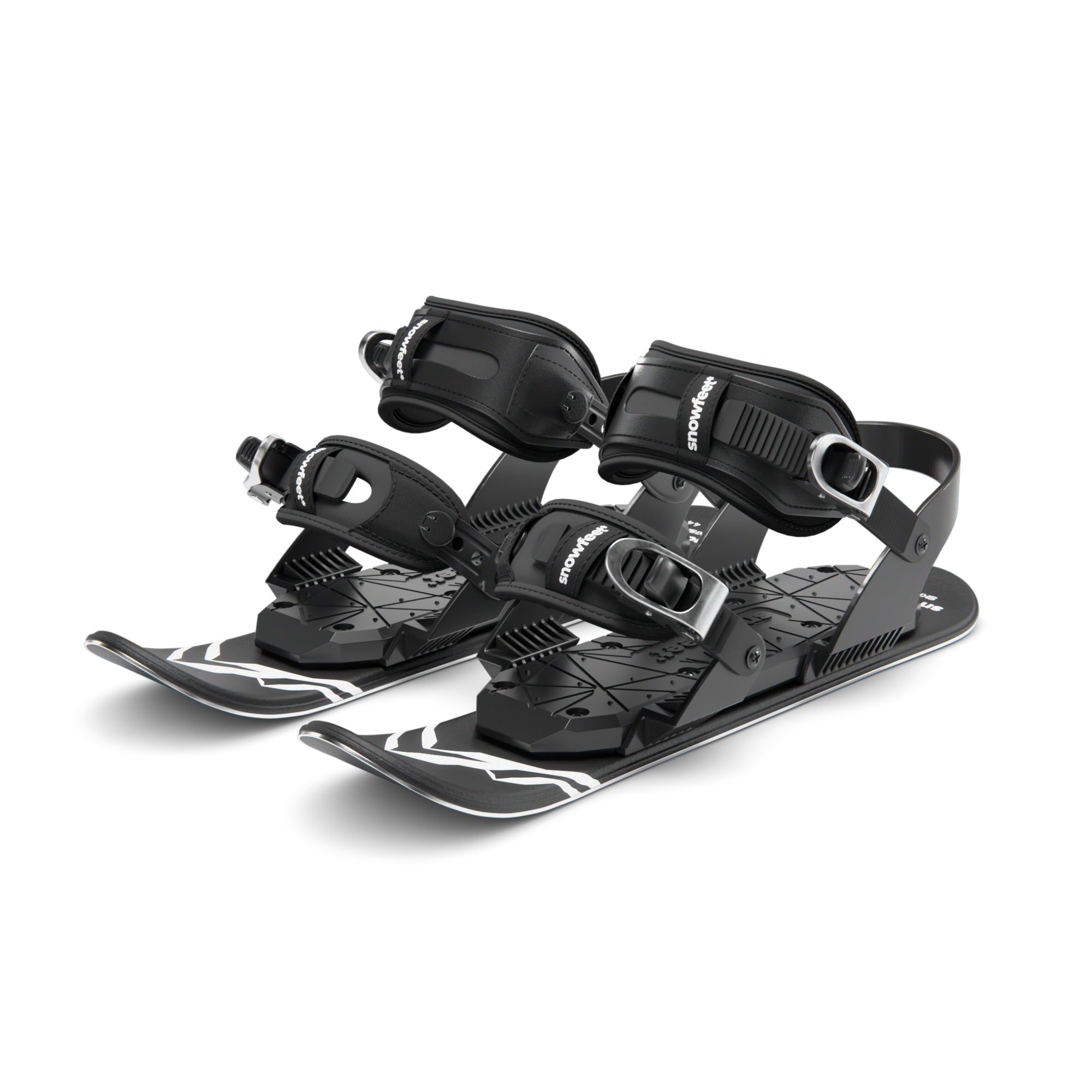
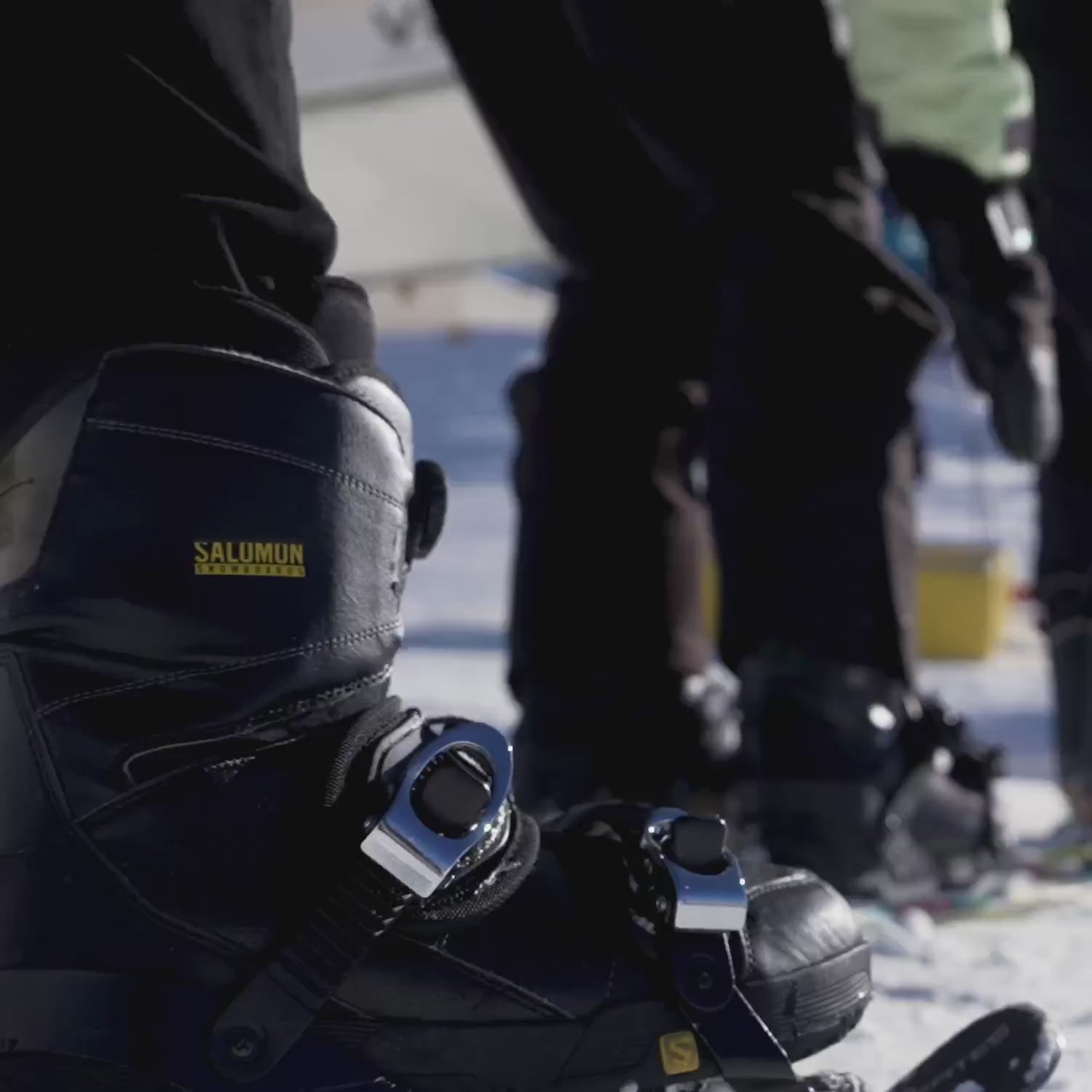
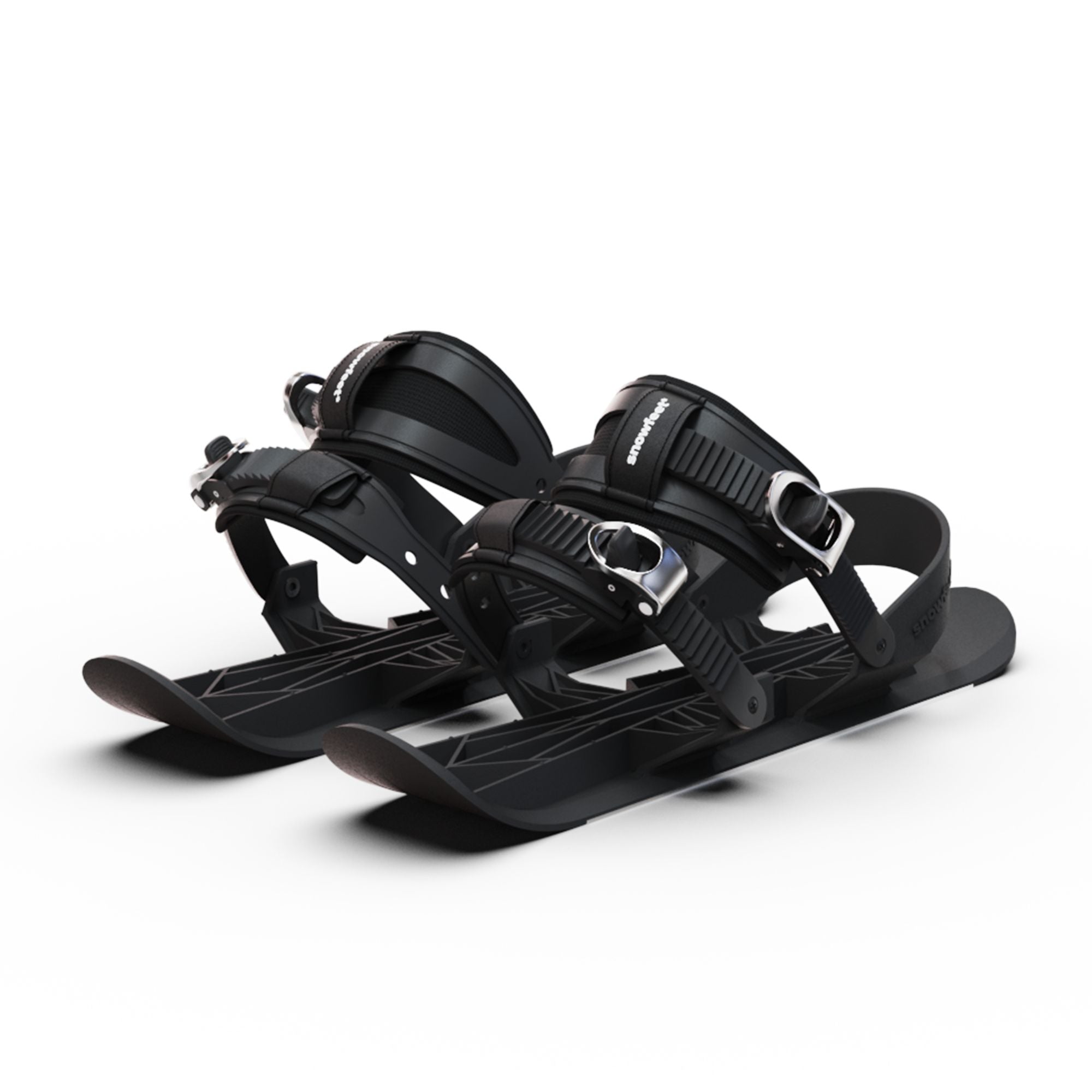
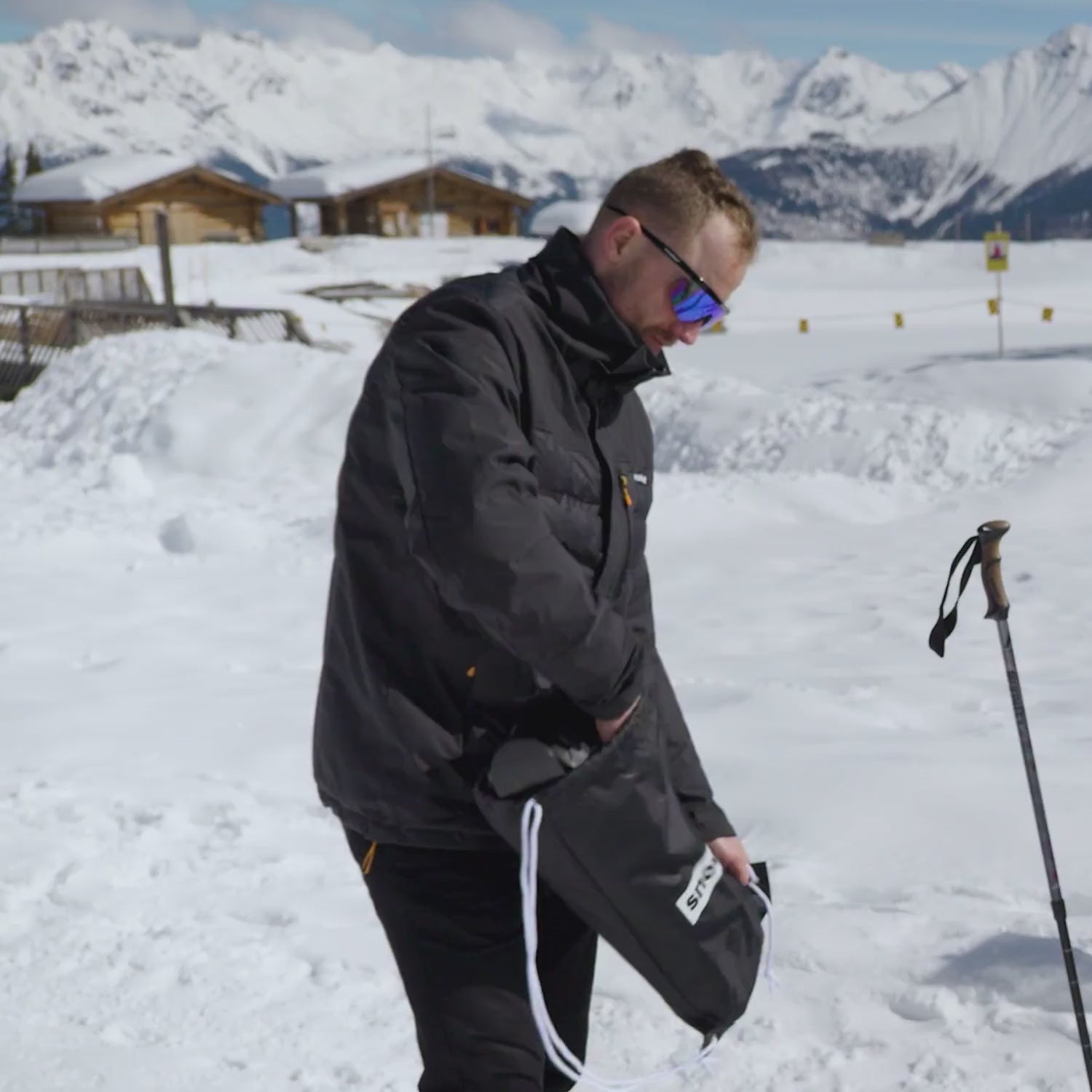
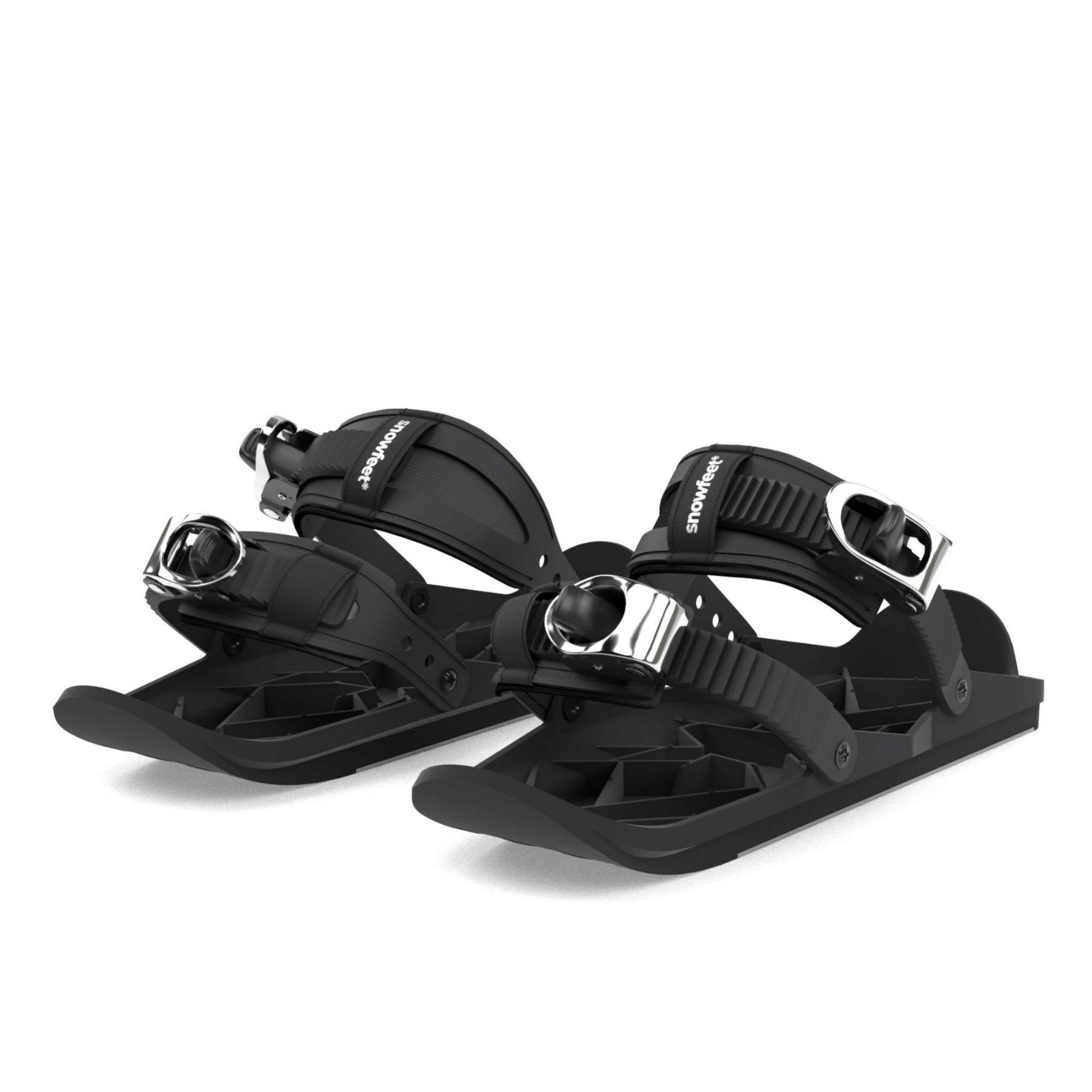
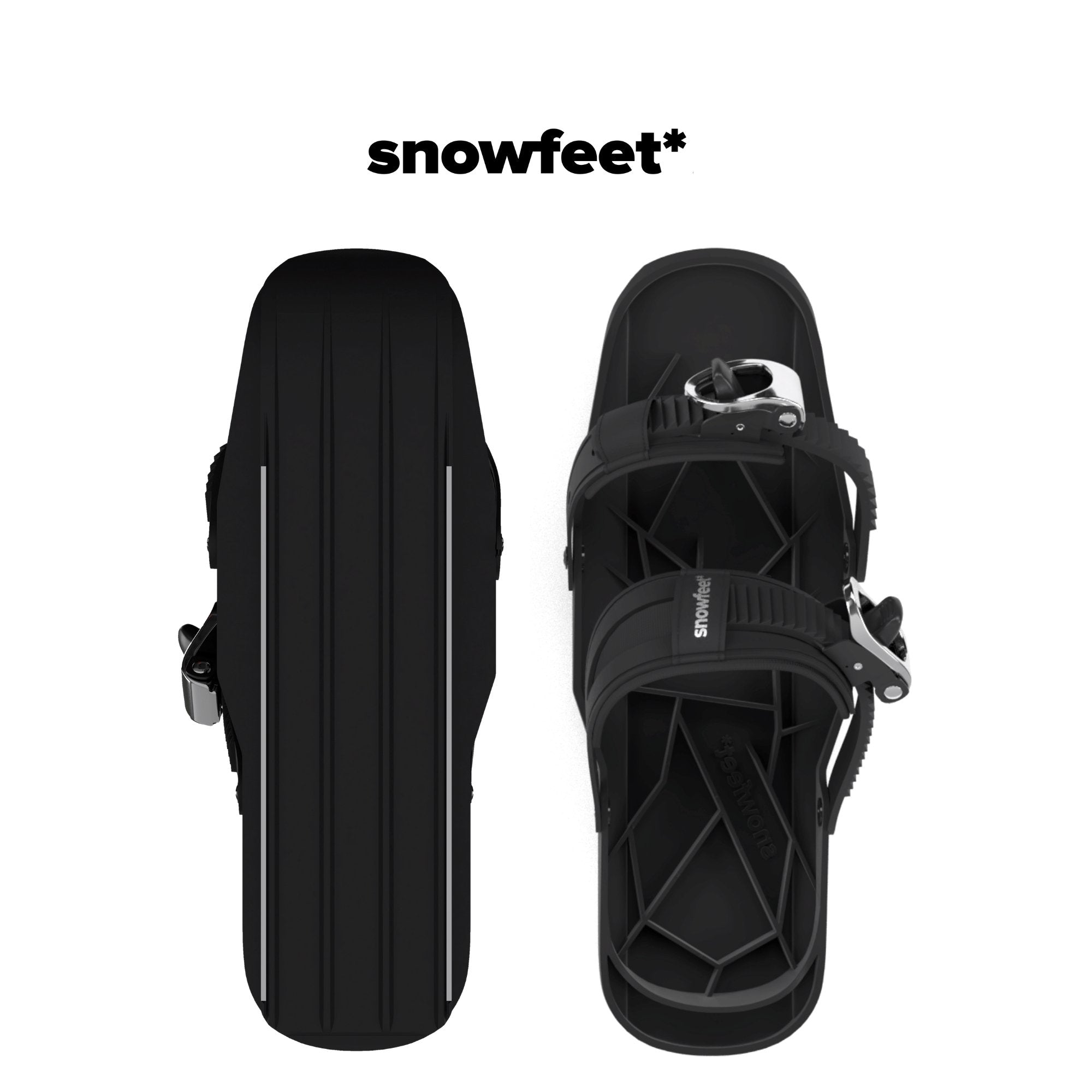
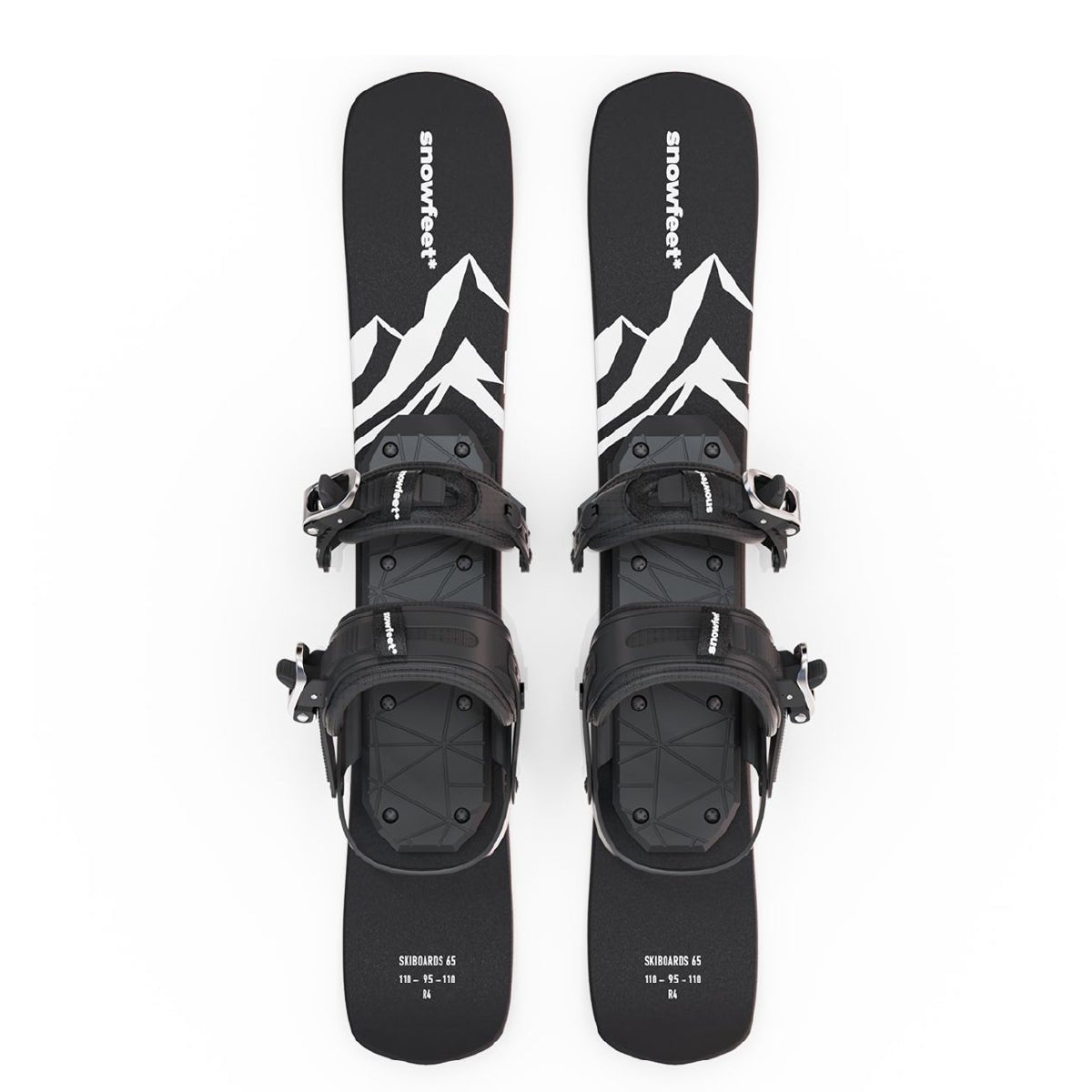
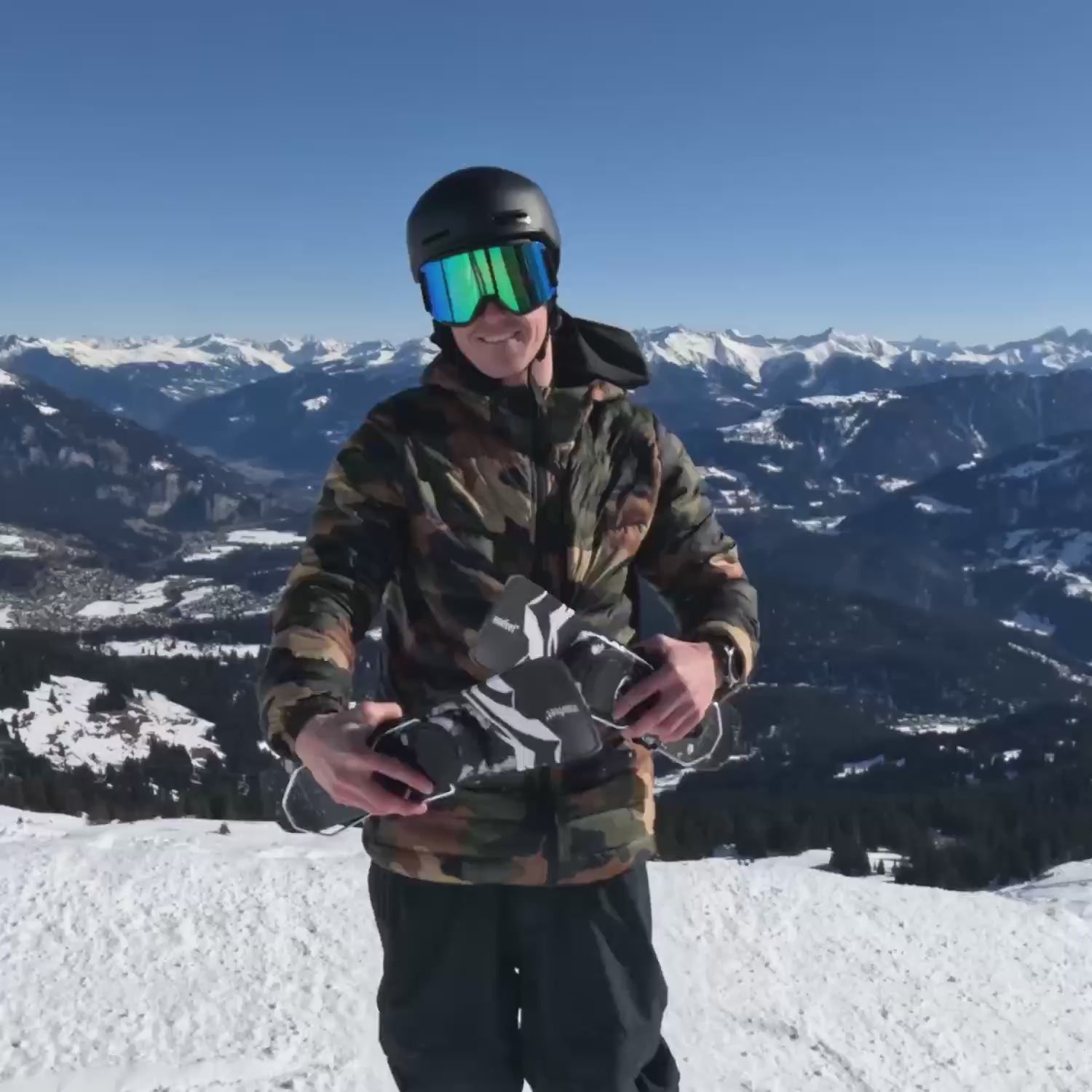
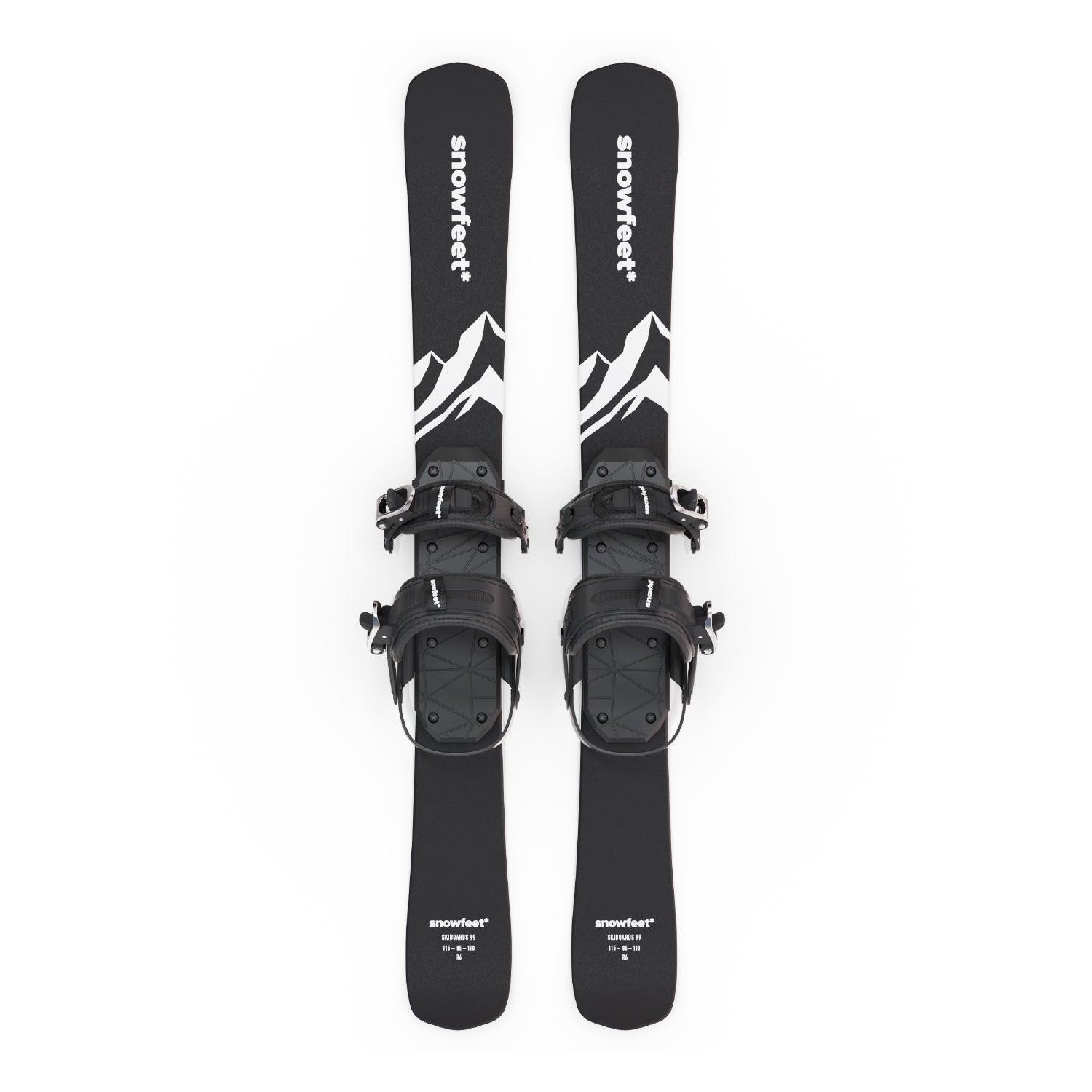
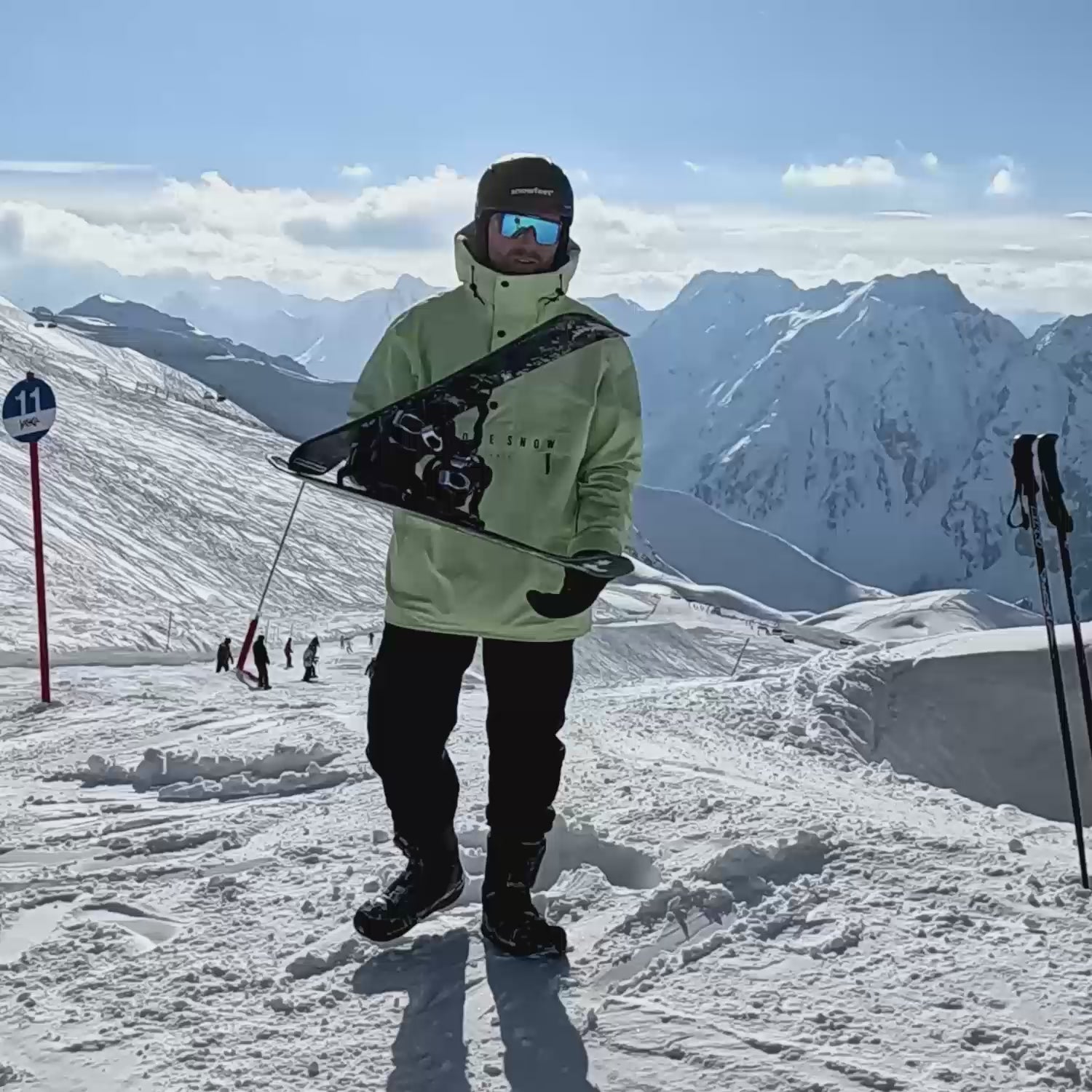
Leave a comment
This site is protected by hCaptcha and the hCaptcha Privacy Policy and Terms of Service apply.